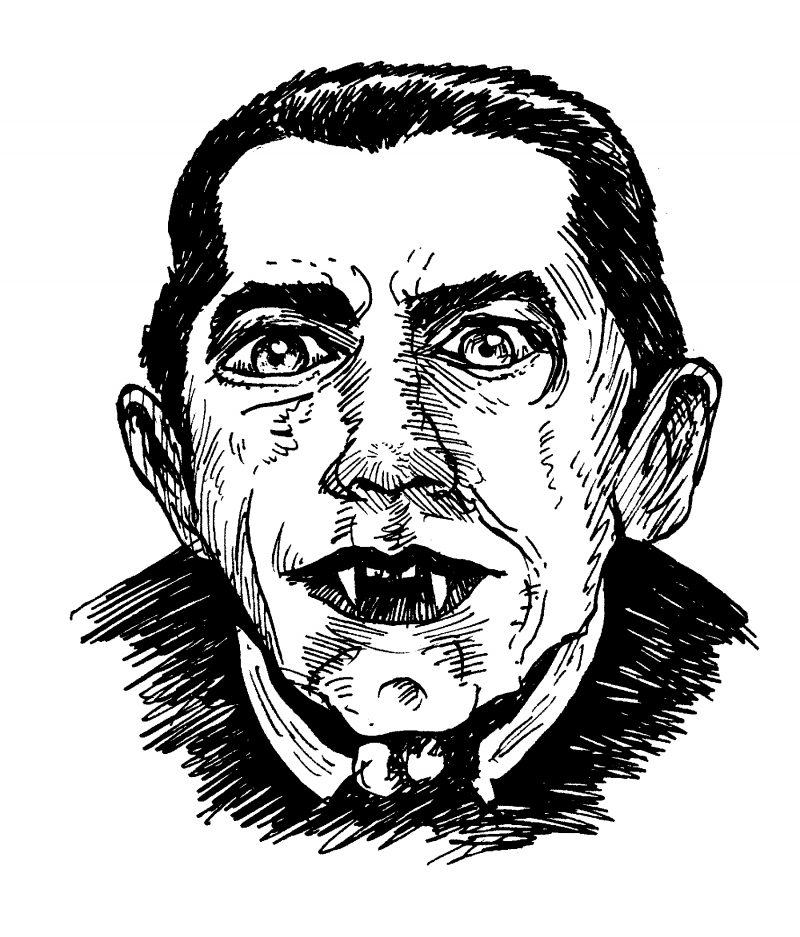In the first few weeks after my son was born a March wind blew off the lake and through our apartment, where I sat for hours each night in a stiff wooden rocking chair, rocking my restless baby and staring at the windows through which I could barely see the shadows of tree limbs flailing in the wind. The chair creaked and the wind moaned and I heard a tapping at the glass and a flapping around the sill and I knew a vampire was there, trying to get in. By daylight I would be reminded that a flagpole was near that window, with a flapping flag and a tapping line, but in the moment I felt terror. I was calmed only by my belief, instilled by a recent vampire movie, that the vampire could not enter without my permission.
I avoided mirrors in the dark, when I slept I woke from bloody nightmares, and I saw things moving that were not moving. During the day, I began to think the lake was singing to me. It was a single, low tone that only I could hear. I was as disquieted by this as I was comforted. I kept two tall glass liter jars of drinking water on the table next to my rocking chair. Staring at the jars as I nursed the baby I recalled being told in the hospital that I had lost two liters of blood. It remained a mystery to me how anyone could have known how much blood I lost, because it went all over the floor. My husband would describe to me much later the sound it made, the lapping of small waves as the blood puddled and nurses pushed at the edges of the pool with towels. But I never saw any of it, never even heard the lapping sound, so those two glass liter jars were my only measure of what I had lost.
Vampires were in the air then. True Blood was a new television series and The Vampire Diaries was about to premiere, while the Twilight saga played out in a series of books I did not read followed by movies I did not see. A car parked on my block had a bumper sticker that read blood is the new black and on my first visit to the bookstore after giving birth I noticed a new section devoted exclusively to vampire novels for teenagers. Vampires were part of the cultural moment, but as a new mother I became fixated on them in part because they were a way for me to think about something else. The vampire was a metaphor, though it is...
You have reached your article limit
Sign up for a digital subscription and continue reading all new issues, plus our entire archives, for just $1.50/month.
Already a subscriber? Sign in





